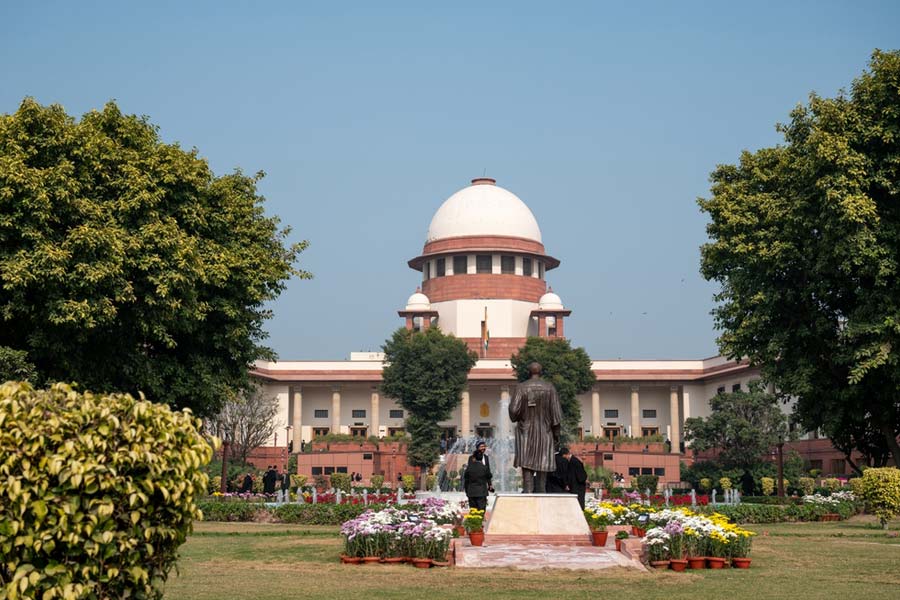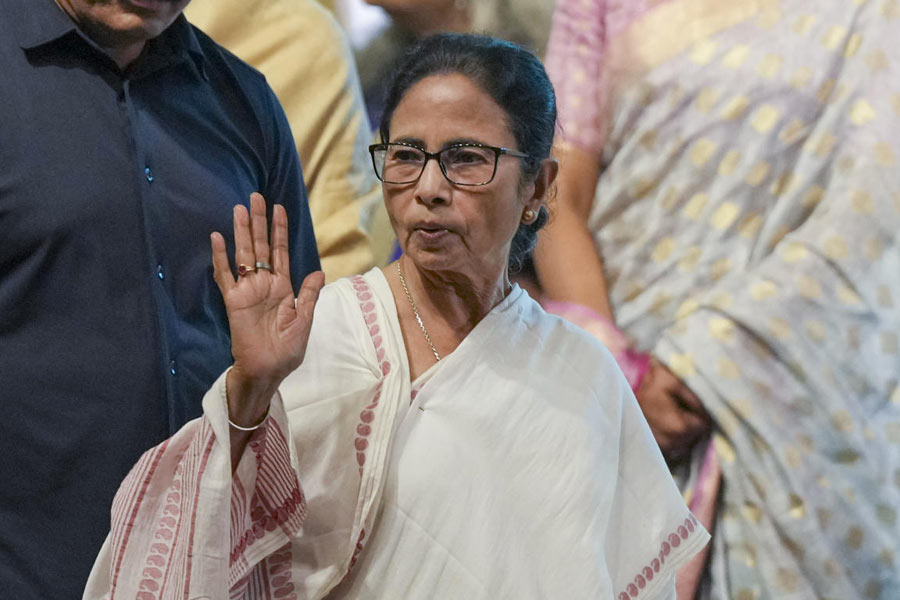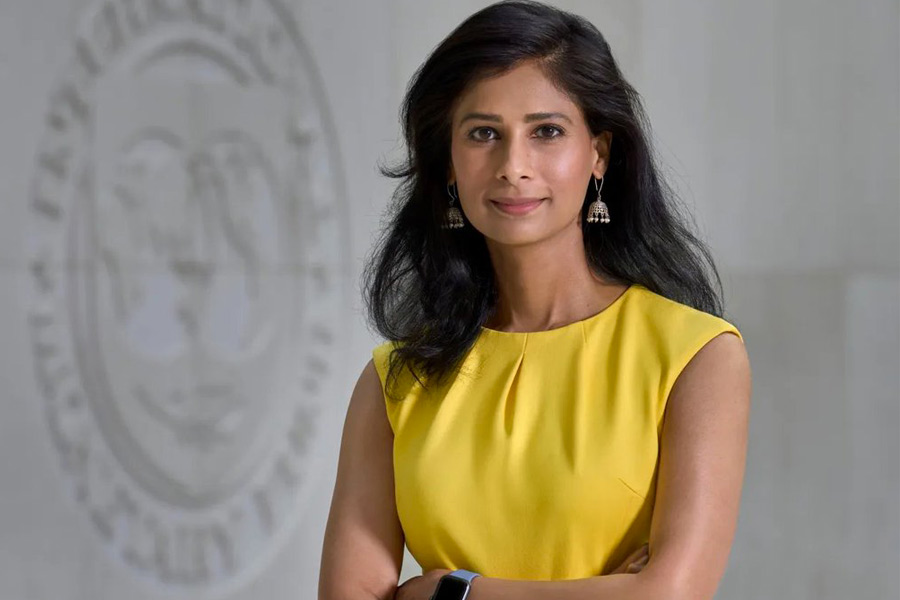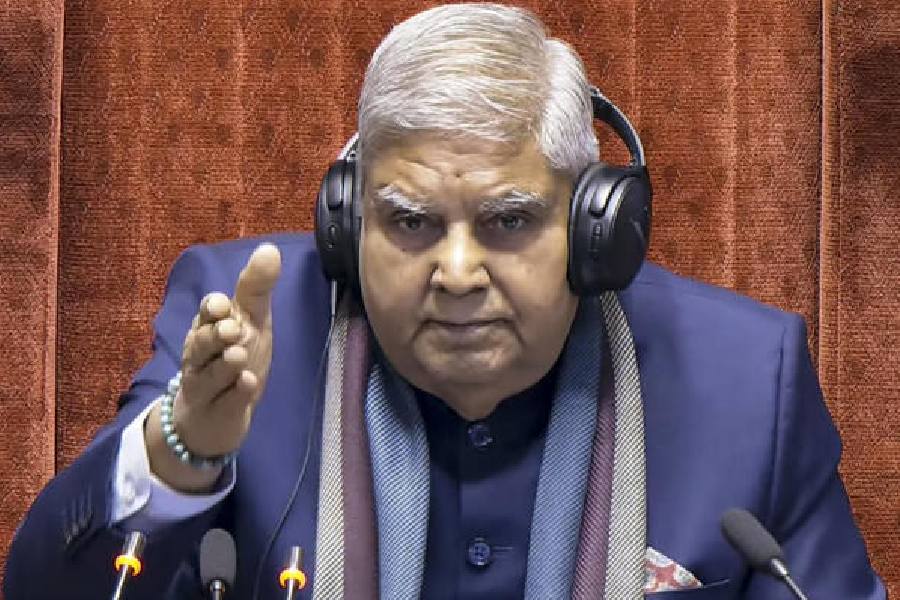 |
| Pictures of Abu Salem and Monica Bedi from the intelligence files. (PTI) |
Sarai Mir (Uttar Pradesh), Sept. 22: In this burgeoning village, 25 km from the district town of Azamgarh, they don’t want to talk about Abu Salem, the local lad who made it big in the underworld of Mumbai and West Asia.
“I have nothing to say,” Salem’s mother, who still lives in the family’s ancestral house in the Pathan Tola locality, shuts the door on curious scribes.
“He has never returned to Sarai Mir after he joined the underworld in Mumbai,” insists Shiraz-ul-Haque, resident of neighbouring Sherwan Mohalla.
Others are equally diffident. Salem was a boy when his lawyer-father Abdul Qayyum Ansari died and his elder brother Ali Ahmed brought up his widow and four brothers. “He was selling watches smuggled from Nepal till the age of 25 when he went to Mumbai,” says Shiraz Ahmed, another neighbour.
His mother and elder brother Abu Hakim still live in Sarai Mir. Hakim disappeared after news of the mafia don’s arrest reached the village.
The two younger brothers, Abu Jais and Ejaz, who are engaged in construction business and live in the Ashiana locality of Lucknow for the last six years, have also gone underground.
On the bank of river Tons, Sarai Mir bears every sign of its new riches. It has more than 60 public call offices for a population of 7,000. A palatial building has come up beside Salem’s ancestral house. The staff in the 27 shops reportedly owned by the family in Ali Ahmed Katra appear prosperous but clam up when asked about the owner.
Om Prakash Dubey, the in-charge of Sarai Mir police station, says there is no record of Salem’s activities in the area. “But we have reports that the inhabitants are getting underworld money through hawala transactions.”
Elsewhere, people open up, but on condition of anonymity. “From the time he acquired a high profile in Mumbai underworld as a sharpshooter of Dawood Ibrahim in the murder of cassette king Gulshan Kumar, Salem has maintained links with his home district,” said a resident of Bamhaur village, 12 km from Azamgarh city.
Dawood himself has connections with Azamgarh. His younger brother Mustaqeem’s wife is from Bisham in the district, said senior residents, who have seen the grip of mafia dons over youths in the region tightening since the 1970s.
“The area, which once produced scholars and poets like Allama Shibli Nomani, Ayodhya Singh, Upadhyaya Hariaudh and Kaifi Azmi, is supplying sharpshooters to mafia dons operating from Mumbai, Dubai, Malaysia and Singapore,” lamented Liaquat Hussain, a schoolteacher.
Recruited through a network of agents, these shooters get hefty sums for their assignments. Local police officials estimate that about Rs 1 crore of hawala money is pumped into Azamgarh and adjoining areas of Uttar Pradesh and Bihar by the mafia every month.
Sharpshooters from the region were employed for the murders of Gulshan Kumar, Chhattisgarh trade union leader Shanker Guha Neogi, three persons at JJ Hospital in Mumbai and the attempt on the life of filmmaker Rakesh Roshan.
“They have no criminal records in Azamgarh and slip back after carrying out their ‘mission’ in Mumbai and other places,” said a senior police official.
Uttar Pradesh police have evidence that Salem and other mafia dons have been using these young recruits from Azamgarh and the vicinity to abduct wealthy victims for ransom,” says an official of the Special Task Force of Uttar Pradesh police entrusted with anti-mafia operations.
The culprits in the abduction of Kanpur industrialist Arun Gupta in March last year were later traced to Salem’s native village. The businessman was released after the ransom amount was allegedly sent to Dubai through hawala channels. The local gang got a third of the deal.
Travelling through vast stretches of uncultivable land, one can hardly miss that there are no signs of industry in the region. But sprawling premises on either side of the road tell a tale at variance with local economics.
The mushrooming of PCOs is another pointer. According to official figures, Phulpur has 55 PCOs, Mubarakpur 28, Mehnagar and Lalgunj, 36 each, and Beleriagunj 30. The imbalance between the number of PCOs and the population (between 10,000 and 5,000) has baffled the telephone department.
“Gulf money, pumped in by underworld dons for services rendered, has created this surreal setting. Like Salem, other locals of Azamgarh, who have migrated to Mumbai and made it big in the underworld, also pump in money,” says a district official.
Bamhaur village, 12 km from Azamgarh town, stands out as a confirmation of the district official’s statement. Located on the banks of Tons, this village produces the best country-made firearms. “Saab, yehan ke katton ka jawab nahin (Sir, none can match our country-made arms),” claims a villager.
“Bamhaur kattas were used in the murders of Gulshan Kumar and Guha Neogi,” said a police official. “A few years ago, when Mumbai police learnt about the trademark, it sought the help of Interpol to trace it thinking that Bamhaur would be somewhere in Europe. Imagine their surprise when they realised the place was in their backyard,” he added.










